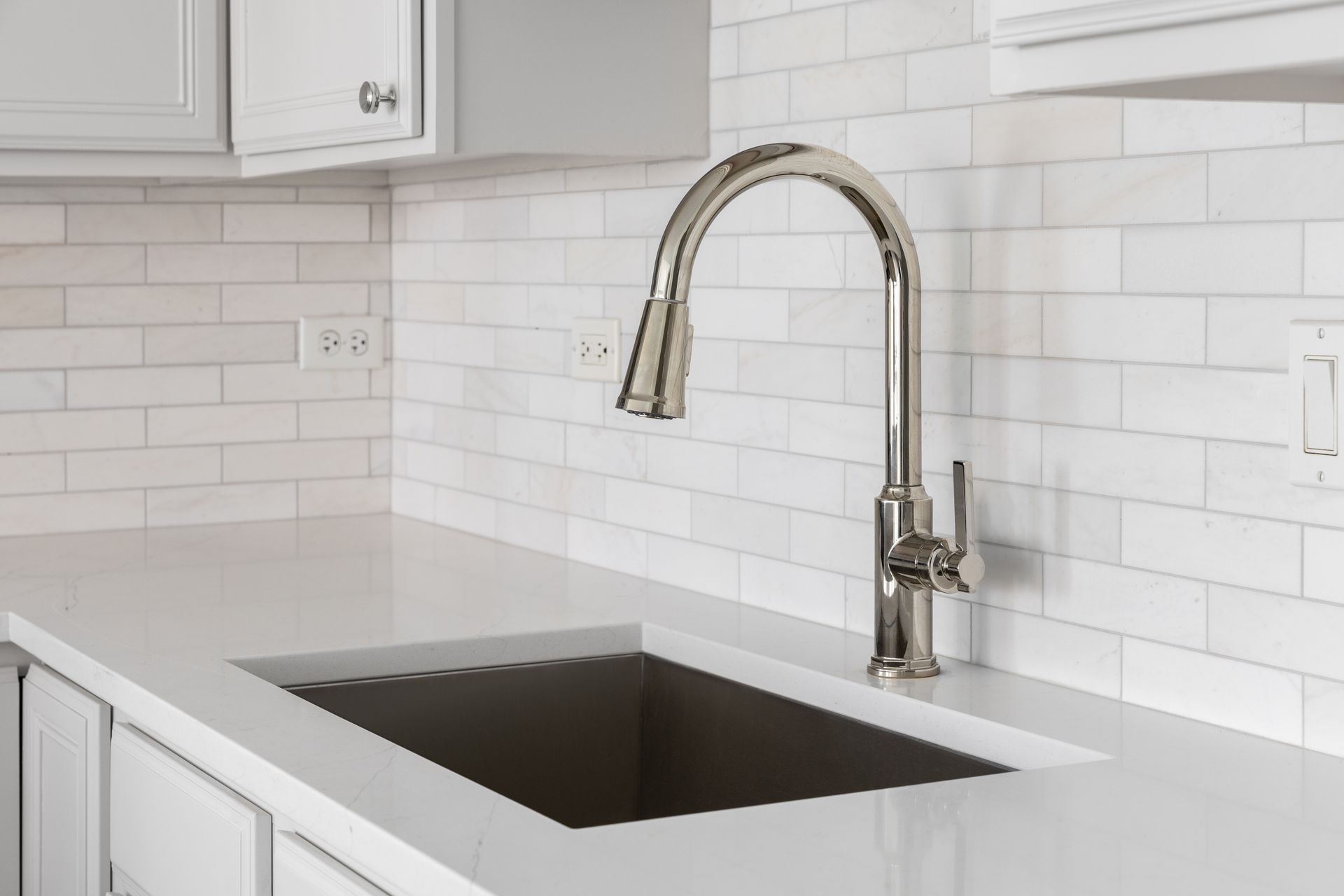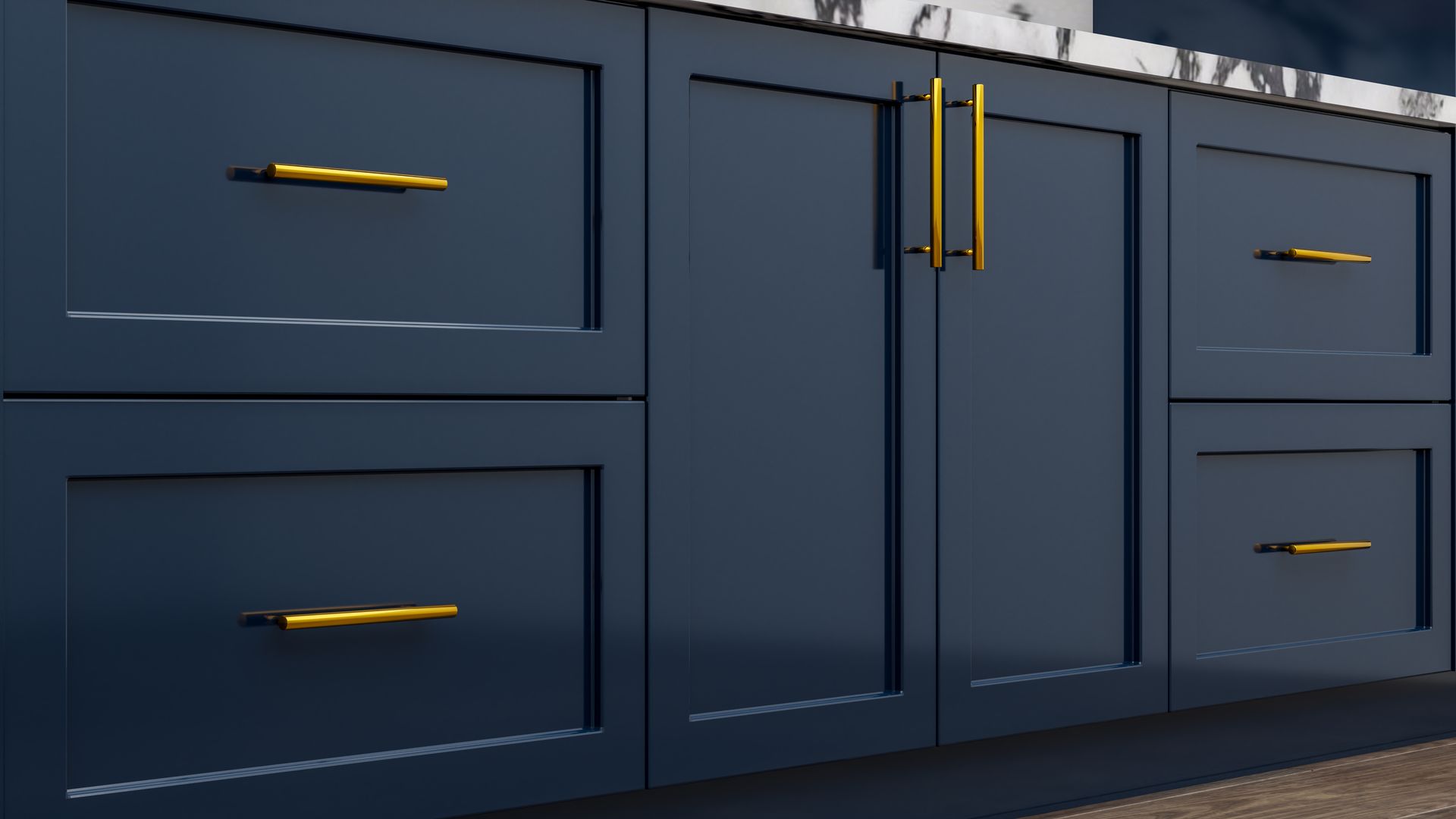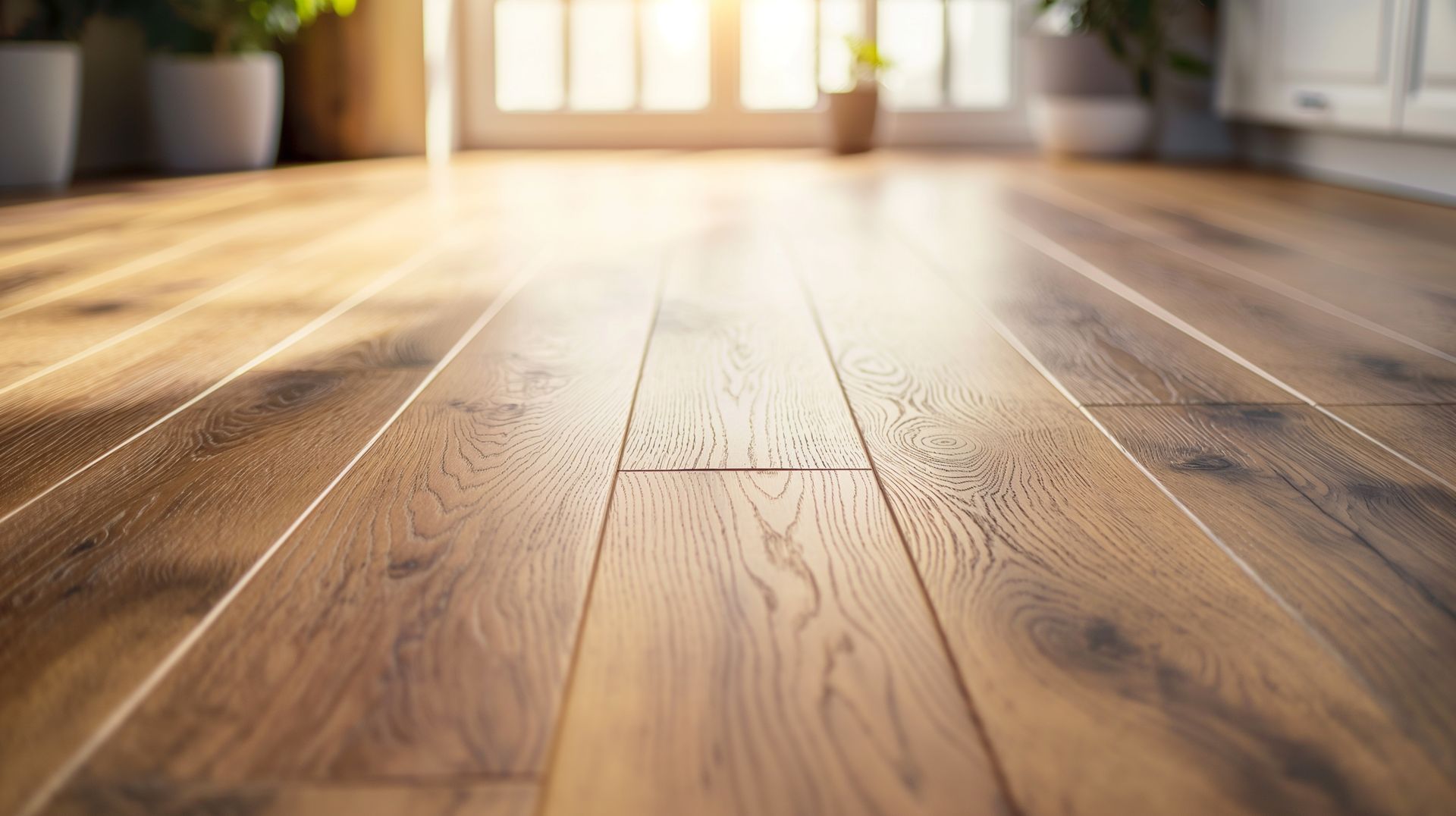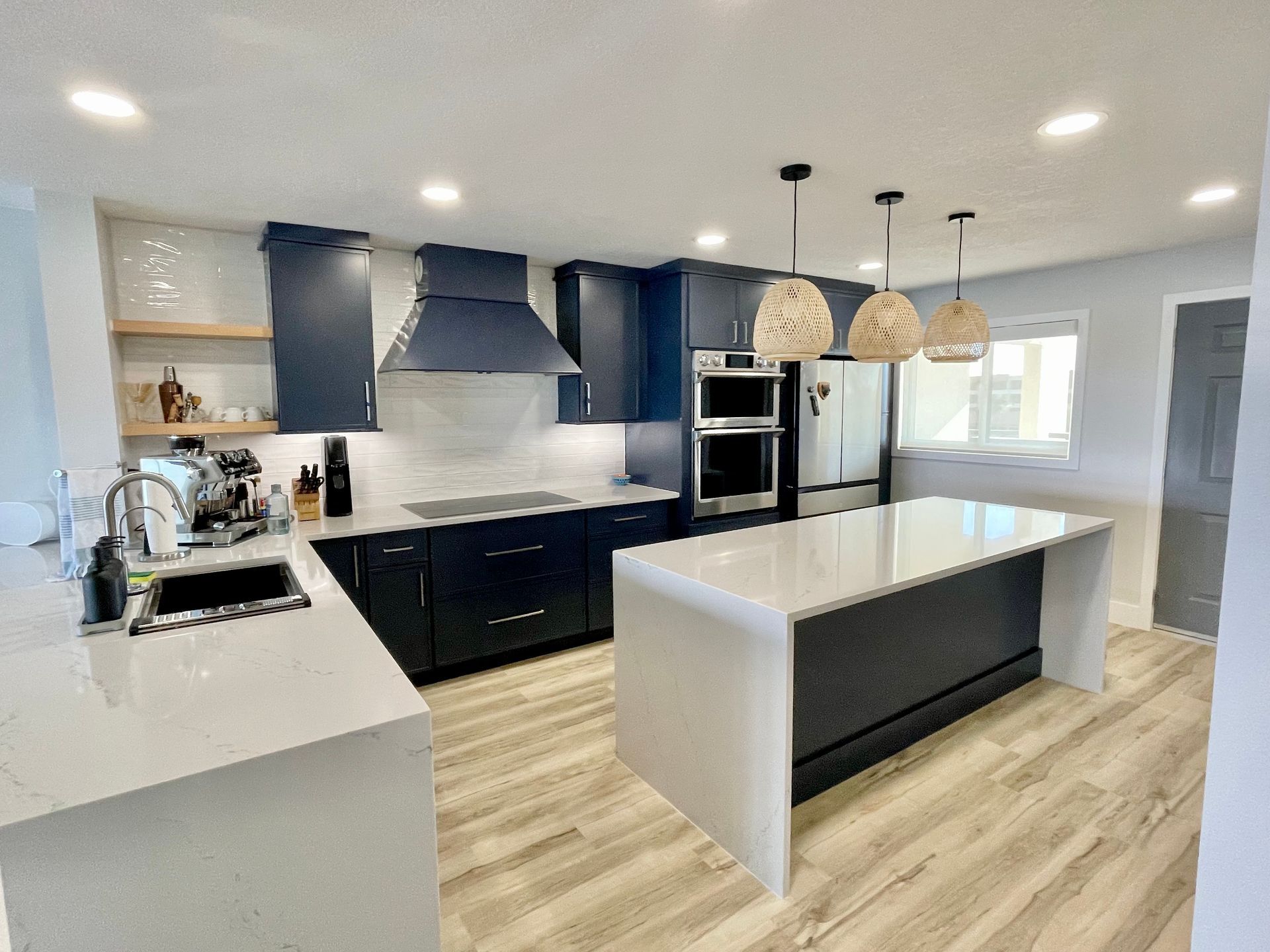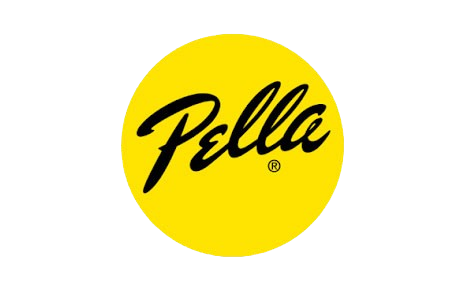Understanding and Addressing Foundation Issues
Foundation issues can be quite complex, often requiring a thorough assessment to determine the most effective solution. Here’s a detailed breakdown of key considerations and approaches:
1. House Settlement and Leveling: Over time, homes naturally settle, and this settlement can sometimes lead to uneven or excessive movement. When settlement is significant, leveling the house may be necessary. However, merely leveling the house without addressing the root cause of the settlement can be a temporary fix. It’s crucial to identify why the settlement occurred in the first place to prevent future issues.
2. Foundation Inspection: Before deciding on a repair solution, a professional foundation inspection is essential. A qualified inspector can assess whether the problem is due to soil movement, drainage issues, or structural defects. This evaluation will guide the choice of appropriate remediation methods.
3. Soil Stabilization: Soil stabilization can be a vital part of addressing foundation issues related to soil movement. Different techniques are applicable depending on the situation:
- Foam Injection for Driveways and Sidewalks: Foam injection, or polyurethane foam lifting, is an effective method for addressing uneven surfaces in driveways and sidewalks. This process involves injecting a high-density foam beneath the concrete slab. The foam expands, fills voids, and lifts the slab to its original position. This technique is particularly useful for correcting minor settlement issues and improving the surface’s appearance and functionality. It is a non-invasive method that can often be completed quickly with minimal disruption.
- Limitations for House Foundations: While foam injection is beneficial for drive ways and sidewalks, it is generally not recommended for house foundations. Foundations bear significant loads and experience various stresses that are not present in pavement scenarios. Foam injection may not provide the necessary long-term support or stability for house foundations. For substantial foundation issues, more robust solutions such as piering or underpinning are usually required to address the underlying causes effectively and ensure lasting stability.
4. Drainage Solutions: Proper drainage is crucial for maintaining foundation health. Poor drainage can lead to water accumulation, soil expansion, and subsequent foundation movement. Key strategies to address drainage issues include:
- Ensuring proper grading around the foundation to direct water away from the house.
- Installing and maintaining gutters and downspouts to manage roof runoff.
- Using French drains or similar systems to prevent water from pooling around the foundation.
5. Foundation Repair Options: Depending on the inspection results, various foundation repair methods may be recommended:
- Piering: Installing piers to lift and support the foundation, transferring the load to more stable soil or bedrock.
- Underpinning: Strengthening the foundation by extending it to deeper, more stable soil or bedrock.
- Foundation Slab Repair: For slab foundations, techniques like slab jacking or mud jacking can be employed to lift and level the foundation.
6. Long-term Maintenance: Post-repair, ongoing maintenance is crucial to prevent future foundation problems. This includes maintaining proper drainage, monitoring for any signs of continued settlement, and addressing minor issues before they escalate.
Effectively addressing foundation issues involves understanding the root causes and selecting appropriate repair methods. Professional advice from a structural engineer or foundation repair specialist is invaluable for a comprehensive evaluation and tailored solution to your specific situation.
